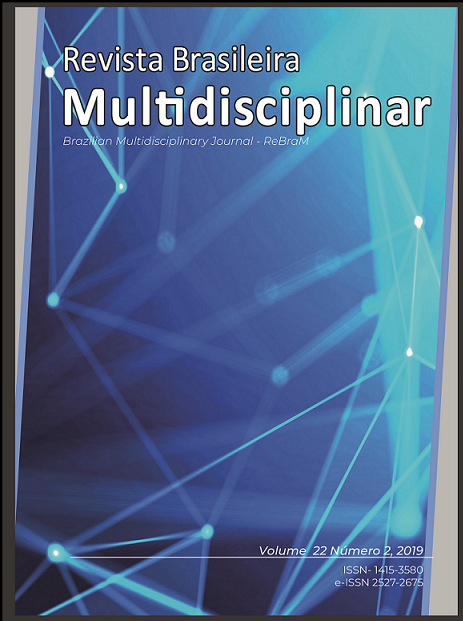Recessão gengival: uma revisão narrativa
Main Article Content
Abstract
Recessão Gengival (RG) é definida como o deslocamento apical da margem gengival em relação à junção cemento-esmalte. Objetivo: verificar os possíveis fatores etiológicos e epidemiológicos que permeiam RG através de uma revisão narrativa. Metodologia: foram selecionados estudos transversais, longitudinais e revisões sistemáticas, indexados nas bases de dados do portal de periódico CAPES, MEDLINE e PubMed usando os descritores epidemiologia, etiologia e recessão gengival. Discussão: Levantamentos epidemiológicos e estudos longitudinais reportam que RG é altamente prevalente na população adulta, 88% das pessoas com idade ≥65 anos e 50% entre 18 e 64 anos têm pelo menos um local com RG. Sua etiologia é multifatorial e com diferentes fatores relacionados que podem agir em associação, tais como: biofilme bacteriano, escovação traumática, fatores locais de retenção de placa, tabagismo e movimentação ortodôntica. Conclusão: O mecanismo na qual ocorre a RG ainda não é bem entendido sendo uma particularidade relatada na maioria das populações, tanto em países desenvolvidos quanto em subdesenvolvidos, constitui um evento comum na clínica odontológica, frequentemente percebida pelos indivíduos e levando a busca por orientações profissionais e tratamento.
Downloads
Article Details
• The author (s) warrant that the contribution is original and unpublished and that it is not in the process of being evaluated in other journal (s);
• The journal is not responsible for the opinions, ideas and concepts issued in the texts, as they are the sole responsibility of the author (s);
• Publishers have the right to make textual adjustments and to adapt the article to the rules of publication.
Authors retain the copyright and grant the journal the right of first publication, with the work simultaneously licensed under the Creative Commons Attribution License, which allows the sharing of work with acknowledgment of authorship and initial publication in this journal.
Authors are authorized to take additional contracts separately, for non-exclusive distribution of the version of the work published in this journal (eg publish in institutional repository or as book chapter), with acknowledgment of authorship and initial publication in this journal.
Authors are allowed and encouraged to publish and distribute their work online (eg in institutional repositories or on their personal page) at any point before or during the editorial process, as this can generate productive changes as well as increase the impact and citation of the published work (See The Effect of Free Access) at http://opcit.eprints.org/oacitation-biblio.html





